“Bell Ringing Hill Meeting House”
After cycling at “Jikkasegi" canal, I drove to the “Bell Ringing Hill Meeting House", and Hotaka Local Museum.
It was not allowed to enter the meeting hall, so I just looked around the outside o f the building.
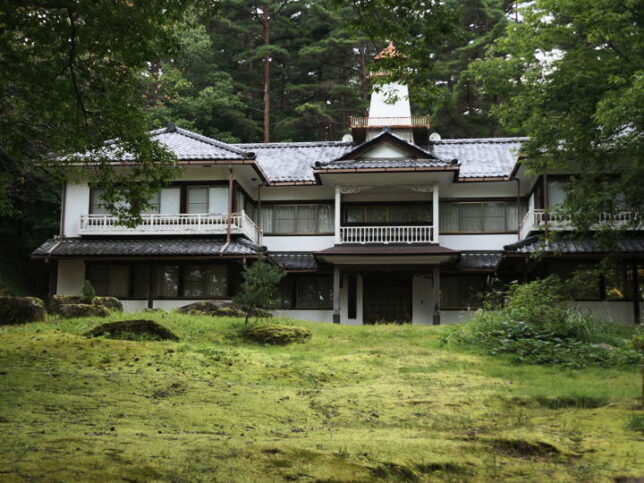
On the explanatory board at the site, the lyrics of “Tongari-boshi (Pointy Hat)" (lyrics by Kazuo Kikuta, music by Yuji Koseki) are written.
I was not born at the time, but I knew the song from my childhood.
By the way, this building was used as a hot spring inn before the world war II. I will summarize the history of the building in the latter half of this article.
Now, let’s get closer to the building.
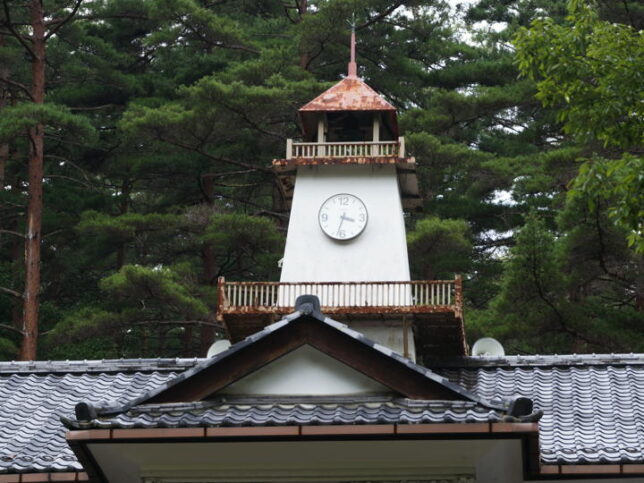
Close-up of the tower. This clock tower was not exist there at the beginning.
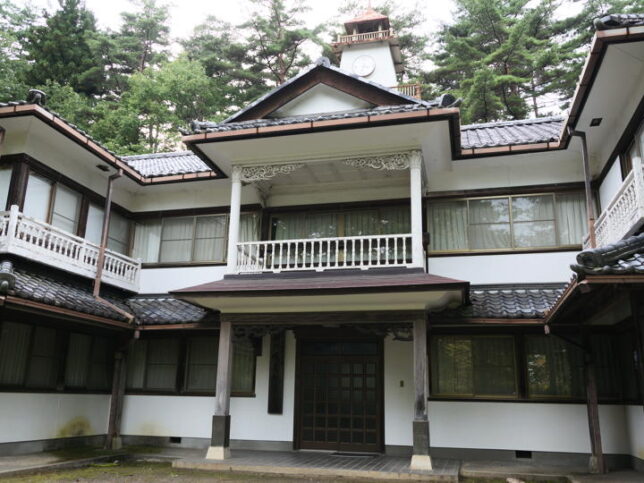
The entrance. The windows are sashes and the walls are quite new, though some old parts are still used.
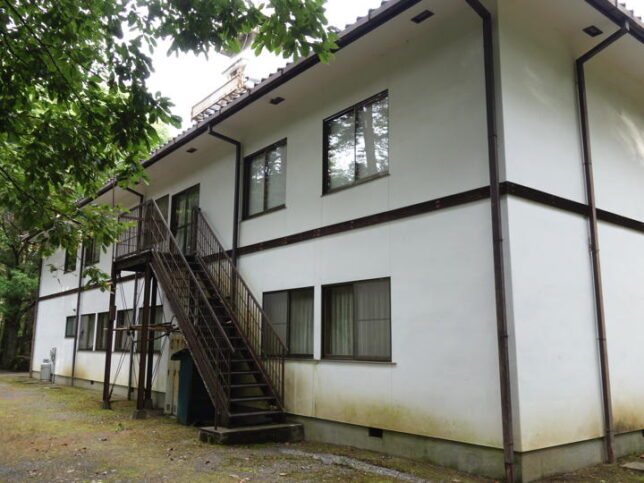
Going around the back, the impression is quite different. The building looks like to have been built rather recently. I wonder if the windows have always been positioned like this.
I was told that there was an exhibition related this building at the Hotaka Local Museum nearby, so I headed for the museum.
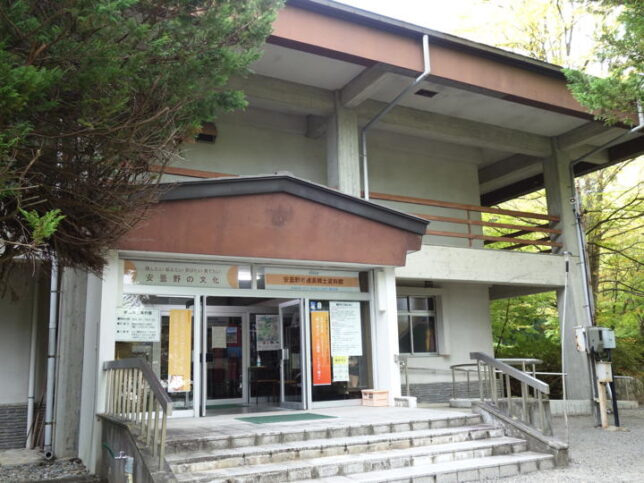
It was holding a special exhibition called “'Bell Ringing Hill’ and the Theme Song 'Tongari-boshi'". Let me write about the history of the meeting house, referring to the contents of the exhibition and other materials.
The building of the “Meeting House at the Bell Ringing Hill" was originally a brothel called “Nakaya" built in Tsuruga, Nagano City in 1905, and it was in business until 1917.
The building was purchased by Ariake Onsen Co., Ltd. and moved to Miyashiro, Ariake Village in 1919, and started business as Ariake Onsen in 1921. (Ariake Village later became Hotaka Town, and is now Azumino City.)
The “Guide to Hot Springs in Japan, Western Edition" published in 1930 introduced Ariake Onsen, saying, “The hot spring water is drawn from Nakabusa Onsen, 12km deep in the mountains. At the foot of Mt. Ariake, which has long been famous for its poetry and moonlight, there is a spacious “komatsubara" (field of pine trees), and in the middle of the field of pine trees, a three-story white building stands like a castle. This is the Ariake Onsen Inn.
There are about 50 rooms, and the price ranges from 1.50 yen to 3 yen per night. The cost of self-catering was 1 yen per day, including room and board.
This article said “white building" but I’ve also read in the Hotaka Town History that the walls of the inn were painted pale blue. Which is correct?
A photo from the days when the inn was open for business. In this photo, we can see that the shape of the clock tower is different from what it is today.
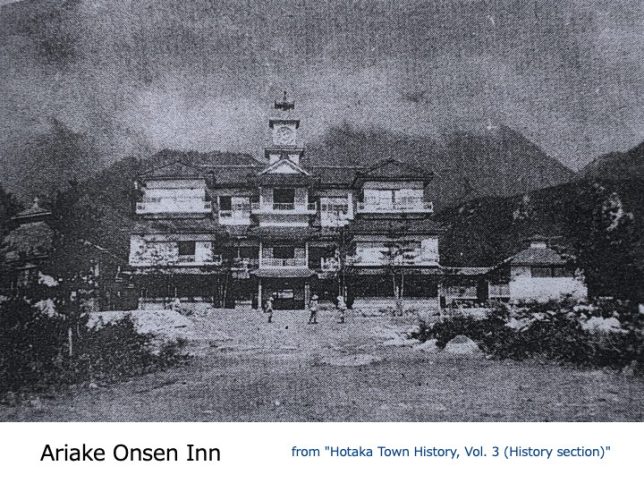
However, as I mentioned earlier, this Onsen inn drew hot water from Nakabusa Onsen, which had a distance of 12km and a drop of 515m, and had to be heated because it cooled down on the way.
Eventually, the business was closed down in the early Showa period.
I can’t find many documents that clearly state the year of closure, but “Document Bell Ringing Hill, Pointy Hat Clock Tower" says it was in 1926.
If this year is correct, wouldn’t it be problematic for a guidebook to introduce the place as still in business in the “Guide to Hot Springs in Japan" (published in 1930) mentioned above? Or is the year 1926 an error?
In fact, when I reviewed the history of Hotaka Town, I found the notation “Even though the company was about to go bankrupt in 1928…the pursuit of technology continued. I was puzzled to find this notation.
I haven’t been able to confirm that, but in any case, it was like a ruin during the World War II.
Later, around 1944, the clock tower and the third floor were removed and the building was reconstructed into a two-story structure.
A judicial protection group bought the building and land, and in 1946, the “Matsumoto Boys’ Academy" was established in this building.
In 1947, NHK radio began broadcasting “Bell Ringing Hill". As one of the settings for the drama, it attracted a lot of attention at the time. It seems that tourists sometimes stopped by this building. (Also the former Iwaya-do Kyoritsu Hospital in Esashi, Oshu City, Iwate Prefecture is also mentioned as a model.)
By the way, it seems that this drama was actually requested by GHQ.
The GHQ invited Edward Joseph Flanagan to Japan to advise on measures for war orphans. Commonly known as Father Flanagan, he was the one who established a rehabilitation and self-reliance support facility called “Boys’ Town" in Omaha, Nebraska in 1912.
When he came to Japan in 1947, the Civilian Information and Education Bureau (CIE), one of the departments in the GHQ Staff Division, requested NHK to produce a campaign drama for the relief of war orphans.
Now, in 1948, the Juvenile Training School Law was promulgated, the building became the property of the Ministry of Justice, and the juvenile training school “Ariake Kogen Dormitory" was established.
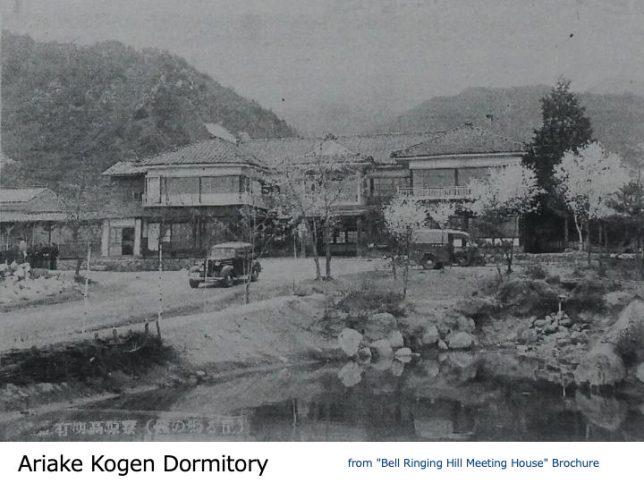
In this photo, the clock tower is not in the picture. I wonder when it was reinstalled.
More than 30 years later, the Ariake Kogen Dormitory was to be rebuilt due to its aging and the old building was to be demolished. However, a citizens’ group voiced a desire to restore the building, and it was moved to its current location in 1980. The building was renamed “Bell Ringing Hill Meeting House" and is still used for training and other purposes.
At the time of the relocation, it was stated in the exhibition of the museum that “the entrance shed, external railings, second floor veranda roof, rafters, etc. were built using the materials used in the Ariake Kogen Dormitory," so it seems that many new materials were used.
The building was designated as a Tangible Cultural Property of Hotaka Town in 1982, and was re-designated as a Tangible Cultural Property of Azumino City in 2008 after Azumino City was established through a merger in 2005. The photo shows the information board at the site, which was built after it became a tangible cultural property of Azumino City.
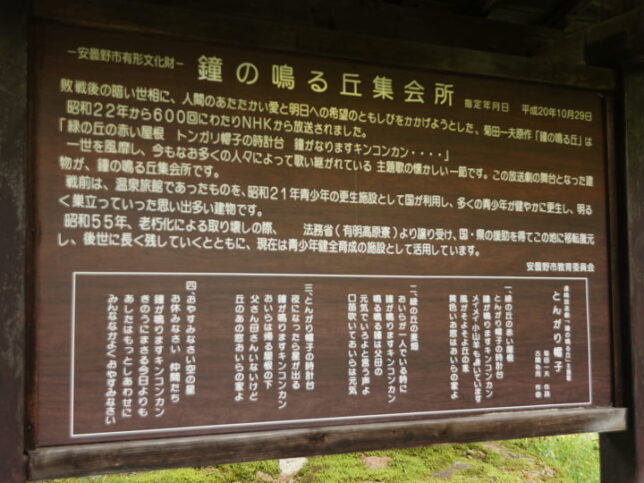
I couldn’t go inside the building, but according to the pamphlet, there are materials and photos related to Ariake Onsen on the second floor, so I would like to go there if I have a chance.
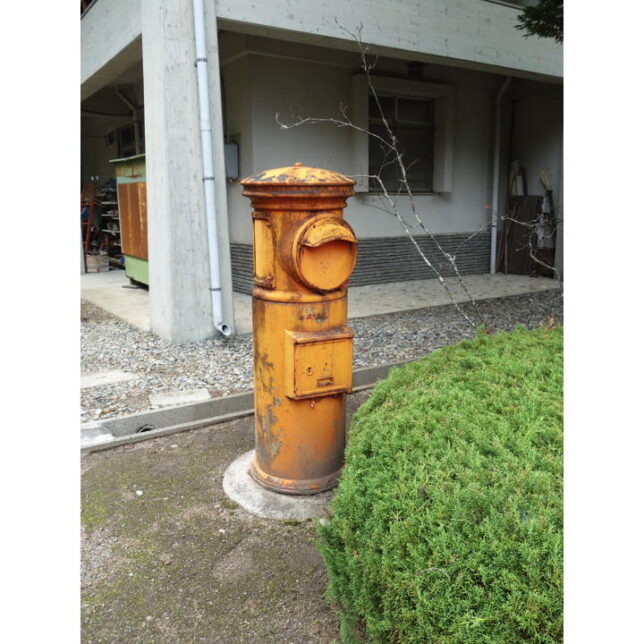
The last photo is a postbox in front of the museum.
The Hotaka Local Museum is closed for the winter in January and February.
[Reference] (all are written in Japanese)
* Exhibition at the Hotaka Museum of History
* Hotaka Town History, Vol. 3 (History section, bottom), Hotaka Town History Publishing Society, 1991
* Document Bell Ringing Hill: Pointy Hat Clock Tower" (2003), Yoshiko Kozu, Kyodo Publishing Co.
* A Guide to Hot Springs in Japan, Western Edition, Dainippon Yubenkai Kodansha, 1930.
[Addendum]
(2020.10.28) The description of the bankruptcy period in the Hotaka Town History was added. The exact timing of the closure of the business remains unclear at this time.
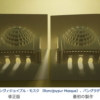

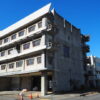
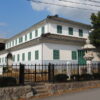
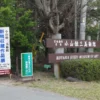
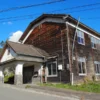
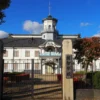
Recent Comments